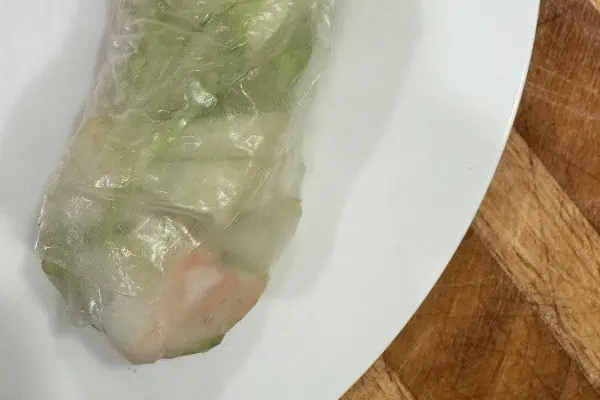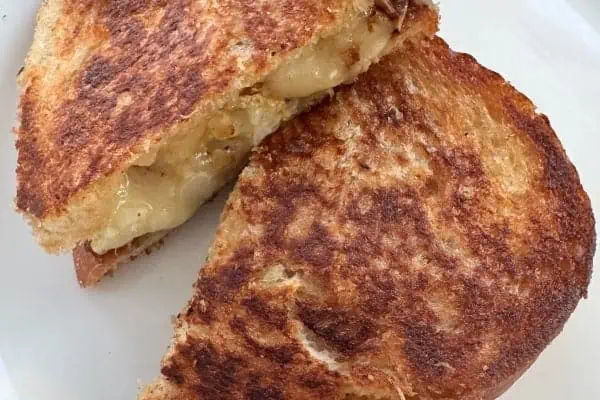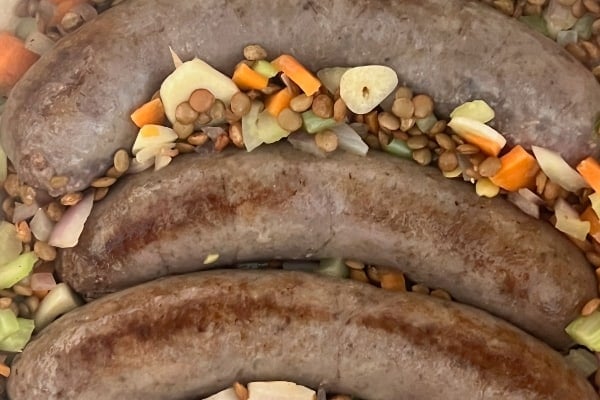One of the most-asked questions in regards to greenhouse coverings is: “What material should I use to cover my greenhouse.”
The most important decision you will make is the choice of greenhouse coverings (or glazing as it is called in the trade). The ideal covering lets in the maximum amount of light while allowing the least amount of heat to escape.
While choosing a glazing, oftentimes the durability, ease of attaching the material, cost and heat loss are considerations that a person thinks of first while forgetting the importance of light transmission.
In my opinion and experience, in the Whitehorse area, visible light transmission should be the main criteria for choosing a glazing.
Most common glazing materials on the market today have a visual light transmission factor of 75 to 93 per cent.
In our experience, a light transmission of 75 per cent will do a poor job of growing crops such as tomatoes, cucumbers, peppers … all the “high light intensity crops”.
Remember that for every one per cent reduction of light through the glazing there will be a one per cent reduction in plant growth. With our short summers and often cloudy weather, we need all the light intensity we can get.
Also, it is important to understand that the long days that we have during the summer do not make up for the lack of intensity, especially in crops such as tomatoes and cucumbers. It does do wonders for cabbage, cauliflower and broccoli, but these crops are generally not grown in a greenhouse.
So, what should you use? Glass, of course, is a traditional covering by which all others are measured. Single pane glass has 90 per cent visual light transmission; heat loss is higher, but life span is the longest if not broken.
Ultraviolet-treated Polyethylene 6 mil has a visual light transmission of 85 to 90 per cent. This was our choice based on not only light transmission but cost and ease of attaching to the greenhouse. For people who question its longevity, we usually were able to use if for five to six years before replacement.
Thanks to technology, there are now materials available (such as the polycarbonate) that have a high visual light transmission. This is especially true of something called Clear Corrugated Suntuf, which I was told has 90 per cent light transmission.
When shopping for greenhouse glazing, a second question that should be asked is:
“What is the visual light transmission in five years? 10 years?” In my experience, that answer is often unknown or, at best, elusive. I do know, however, that some glazing that initially seems promising often has the phrase “light transmission decreases over time” somewhere in small print.
Remember, the covering may still be intact, but the visual light transmission would by then be greatly reduced.
A lot of time, effort and money will be spent on your greenhouse. Take the time to read the fine print on some of these newer glazing materials that seems to come on the market each year.
And don’t be afraid to ask that all important question that asks what percentage of light will transmit now and a few years from now.
Your tomato plants will love you for it.
Ingrid Wilcox operates Lubbock Garden and Floral Consultant and offers gardening, greenhouse and flower arranging workshops. Contact her at [email protected].




